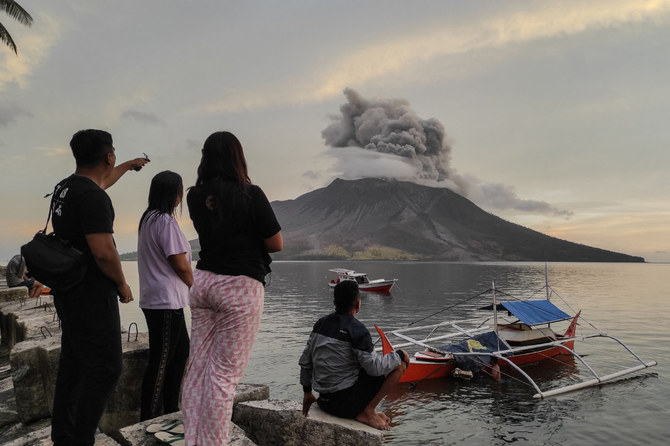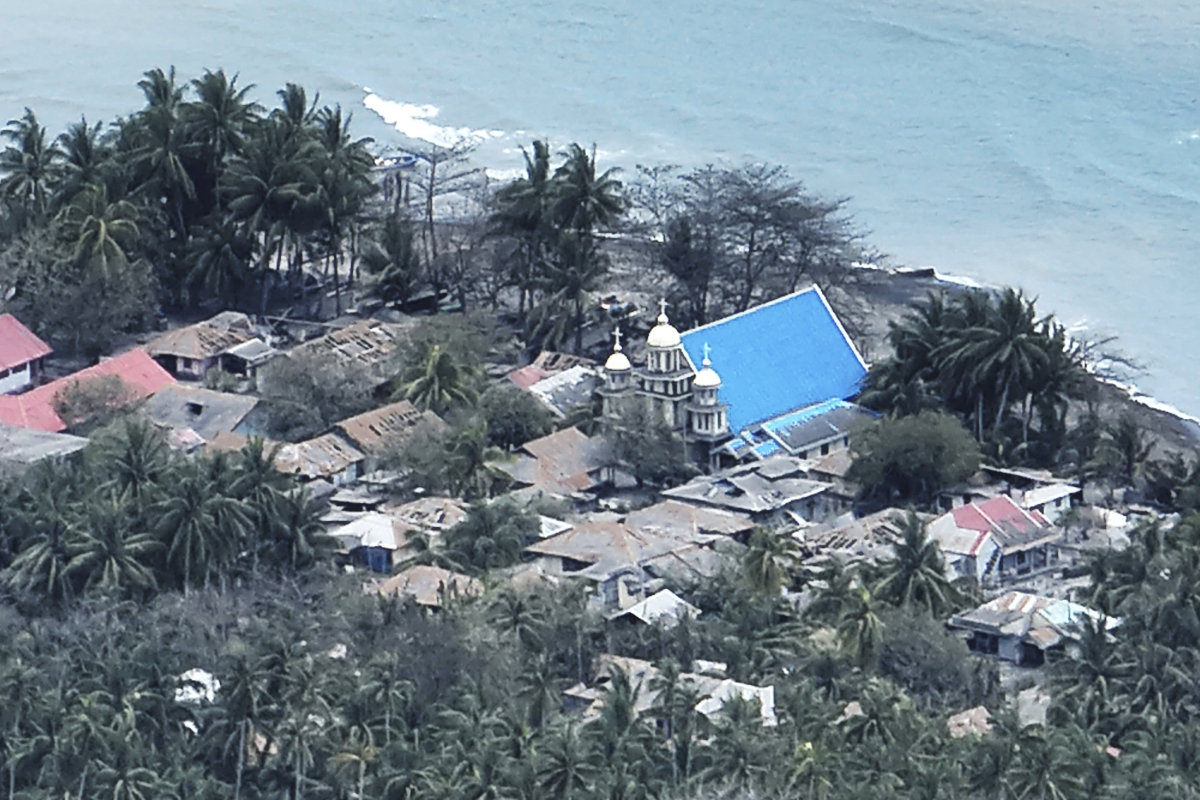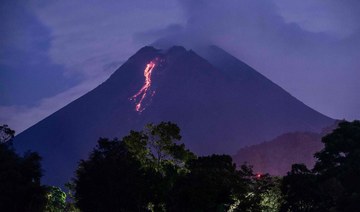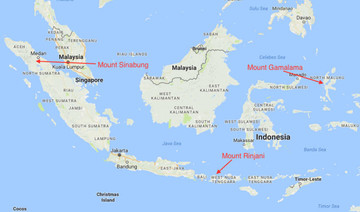PATNA: Nothing can “safeguard you” from coronavirus, actor Abhishek Bachchan told Arab News on Sunday after three members of his family, including Amitabh Bachchan, one of India’s best-known screen stars, tested positive for the potentially deadly disease.
“In spite of all precautions, if paa and I tested positive, it means there is no safety, no amount of caution (that can) safeguard you from the virus. Luckily, we have mild symptoms, and hopefully, we’ll be over this soon,” the 44-year-old actor said.
His wife, actress and former Miss World Aishwarya Rai, and their daughter Aaradhya have also tested positive.
But Amitabh’s wife, former actress and parliamentarian Jaya Bachchan remains COVID-free, she told Arab News.
Abhishek said that he “felt no signs or symptoms of the virus” and got himself checked only after his 77-year-old father tested positive for the disease. Amitabh was moved to Mumbai’s Nanavati Hospital on Saturday after complaining of breathing difficulties.
Later in the day, the Bollywood superstar confirmed his coronavirus diagnosis on Twitter, asking those who had been in close contact with him to get tested as well.
“I have tested Covid positive,” he tweeted. “Shifted to Hospital. Family and staff undergone tests, results awaited. All that have been in close proximity to me in the past ten days are requested to please get themselves tested.”
His posts led to a series of tweets from veteran and contemporary actors, who said they were shocked to learn of the development.
“I am in a state of disbelief,” actress and parliamentarian Hema Malini told Arab News. “Mr. Bachchan is a very dear colleague. We have worked together for more than 45 years now. His energy level remains unchanged over the years. I am younger than him, but he’s far more energetic. I am sure he will beat the virus and will be back to work in no time. To keep Mr. Bachchan indoors for months is nearly impossible.”
While Abhishek has completed all his pending work, Amitabh has several assignments outstanding, including shooting for the new season of the enormously successful game show “Kaun Banega Crorepati?” (“Who Wants to be a Millionaire?”).
Amitabh’s immune system is severely compromised by several serious illnesses, including a near-fatal accident in 1982 on the sets of Manmohan Desai’s film “Coolie,” when he almost lost his life.
The current health issue is “child’s play for Mr. Bachchan” in comparison, according to colleague and fellow actor Anupam Kher.
“He has faced and overcome much worse. I’ve worked in several films with Bachchan Saab. Nothing can keep him down,” he said.
The Bachchans are the latest Bollywood celebrities to test positive for the disease, with singer Kannika Kapoor contracting the virus early in March. The Uttar Pradesh government later booked her for flouting the lockdown rules.
Kapoor was followed by starlet Zoa Morani, who reportedly contracted the virus from her sister Shaza.
“The only thing you can do is keep calm and wait for it to go away,” Morani told Arab News. “Because there is no vaccine yet. It was a learning experience for me, how the little things in life matter so much like taking care of our health physically and mentally. Prayers are magic that can help you pull through anything.”
Maharashtra’s state government has come under intense fire after an uptick in infections especially in Mumbai, India’s financial capital, where the Hindi film industry is based, and for introducing draconian guidelines to curb the outbreak, including the prohibition of actors aged 65 and over from working in movies.
Morani said that the government was doing a “commendable job” given the circumstances.
“This is an extremely distressing situation, and everyone is doing the best to cope. We must follow the rules and also take care of our health, mentally and physically. Yes it is scary, and we keep reading a lot of negative news, but there is an equal amount of positive news as well, and people are bouncing back to normal.”
Actor Purab Kohli said he was taken aback when he and his entire family were diagnosed with COVID-19 in London in April.
“I didn’t believe we had it until we started talking to the GP which was on day six, and we found out that someone we knew and were in contact with got serious with the infection and taken to hospital. By then I was already better,” he said.


























